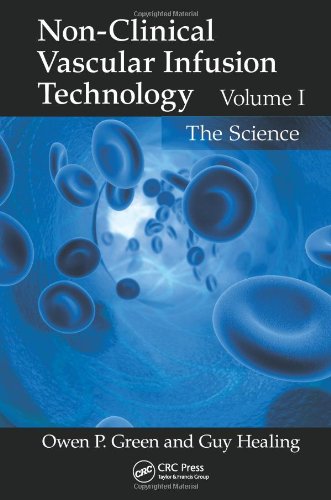

Most ebook files are in PDF format, so you can easily read them using various software such as Foxit Reader or directly on the Google Chrome browser.
Some ebook files are released by publishers in other formats such as .awz, .mobi, .epub, .fb2, etc. You may need to install specific software to read these formats on mobile/PC, such as Calibre.
Please read the tutorial at this link. https://ebooknice.com/page/post?id=faq
We offer FREE conversion to the popular formats you request; however, this may take some time. Therefore, right after payment, please email us, and we will try to provide the service as quickly as possible.
For some exceptional file formats or broken links (if any), please refrain from opening any disputes. Instead, email us first, and we will try to assist within a maximum of 6 hours.
EbookNice Team

Status:
Available4.5
6 reviewsIntravenous infusion is a necessary mode of delivery for many pharmaceuticals currently on the market or undergoing clinical trials. The technique of prolonged intravenous delivery in conscious, free-moving animal models has broadened the opportunity to study and evaluate the safety and efficacy of these therapeutic products. For the first time, the collective sciences involved in the understanding of this mode of drug delivery are brought together in one publication.
Non-Clinical Vascular Infusion Technology, Volume I: The Science covers the scientific principles behind the delivery systems, from both physical and physiological standpoints. The book addresses body fluid dynamics, describes the scientific processes necessary to understand the various aspects of the physico-chemical issues relating to vascular infusion delivery, and discusses vascular infusion dynamics. It also considers all the essential elements of the preparation of a formulation intended for vascular delivery as well as assessment of compatibility of the formulation with the dosing apparatus. This volume, along with Volume II: The Techniques, provides a foundation of knowledge on infusion technology and its importance for safe clinical use of substances via this route of delivery.
Features